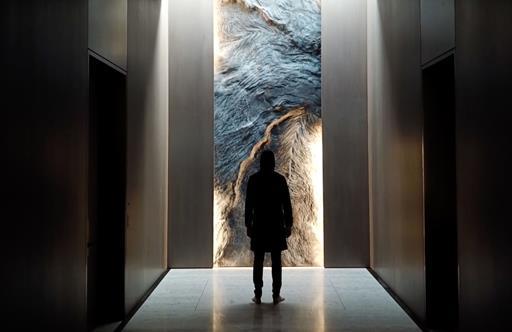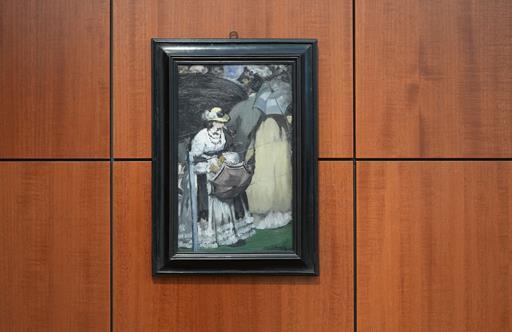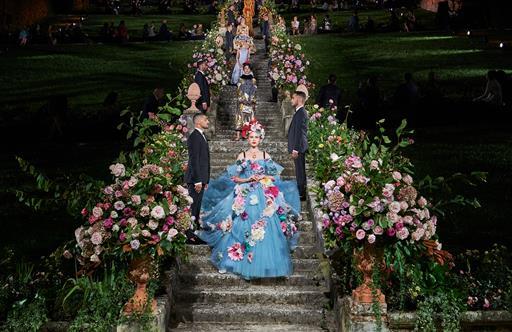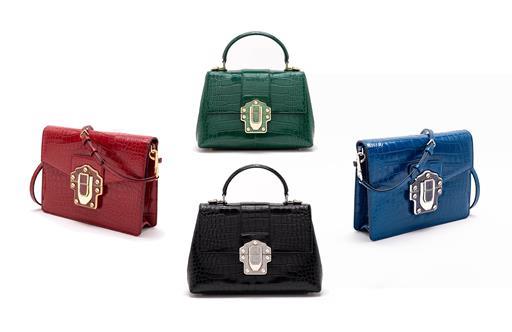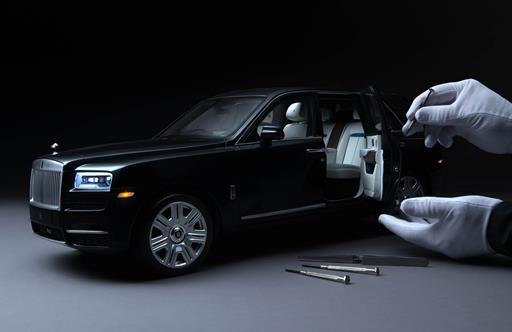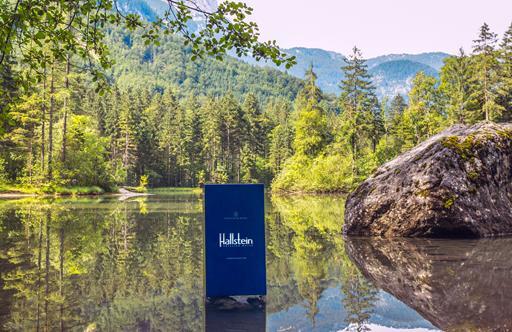Where the Wild Things Are
A rare journey to the Congo Basin reveals the fierce, fragile beauty of its untamed jungles – and its gorilla denizens.
All morning, thick, black clouds had hung in the sky, quickly mushrooming until they’d entirely swallowed up the sun. As I slid into the kayak, the sky unfurled and great water globules started falling – the kind of heavy, sporadic raindrops that serve as warnings of what’s to come. By the time I had entered the waterway – which eventually runs into the Congo River, the most powerful on the planet after the Amazon – the rainstorm had officially begun. Thunder boomed above me and lightning cracked across the sky. The kayak didn’t need much rowing since the current was so powerful, but it did require careful navigation because you could happen upon anything during this journey: a giant dislodged branch, a hippo or an elephant.
It was not the first time the rain had interrupted my trip. I’d already stayed an extra night in Brazzaville after a heavy downpour had stalled the small plane that would take me north. No surprises here; this is Central Africa, after all, one of the wettest belts on the continent and home to the second-largest rainforest in the world. Rain is the norm, not the exception. An extra night in Brazzaville didn’t mess things up, though, because this trip was not a particularly complicated one – a single charter up to Odzala-Kokoua National Park in the Congo Basin, where I’d be spending a week bouncing between three lodges run by Kamba, an eco-tourism company.
 One of the best ways to explore Odzala-Kokoua is via kayak
One of the best ways to explore Odzala-Kokoua is via kayak
On the river, five minutes into the row, my group (three kayaks) was met by two forest elephants attempting to cross the waterway. Skittish due to years of being hunted, they’re certainly not the kind of creatures you want to encounter while on a flimsy, bright-orange plastic vessel that could capsize at any moment. My guide ahead of me – who wasn’t carrying a rifle because it’s not allowed in this part of the world – held his hand up and signalled for us to start back-paddling, like we must now row against a giant wall of water. The elephants dashed across the river, missing us entirely but drawing a line directly across our path. In this elemental moment, the intensity of the Congo suddenly sank in.
Before embarking on this trip to the Republic of Congo, many people questioned my safety. Not least because of wild forest elephants. “But isn’t it dangerous?” some asked, wide-eyed and serious-toned. People’s biggest misunderstanding of the Republic of Congo is that it’s the same country as its conflict-riddled neighbour, the Democratic Republic of Congo (formerly Zaire). From Brazzaville, on my side of the border, blinking directly across the river is the DRC’s capital of Kinshasa, about a kilometre away. When I had initially landed in Brazzaville, everyone on the ground kept urgently reassuring me: “It’s safe here.” It sounded rehearsed, like something they’d had to say a hundred times before.
 Forest elephants spread seeds and create paths in the park’s dense jungles
Forest elephants spread seeds and create paths in the park’s dense jungles
“Nobody has ever rung up to say: I want to go to the Congo,” says Explorations Company founder Nicola Shepherd, an Africa expert who has travelled extensively on the continent and who helped weave together my trip. “Everybody thinks of the Congo as one country and they paint it with one brush,” says Shepherd, whose company has a philanthropic arm that supports 67 different charitable projects globally, including African Parks, an NGO that manages Odzala-Kokoua. She counts Congo as one of her top countries to visit in Africa. “For me, luxury equals space,” she says. “The luxury is in the exclusivity.”
One benefit of visiting a country where tourism is in its infancy is that exclusivity is par for the course. At Odzala-Kokoua, Kamba is the only private company that operates. Founded by Sabine Plattner, an intrepid traveller who navigated the muddy roads of the Congo on the back of a motorbike in the 1990s, Kamba’s aim is to stimulate economic opportunities in an area where there are otherwise few. It was after meeting the Spanish primatologist Magdalena Bermejo (Congo’s answer to Dian Fossey), who had been researching the western lowland gorillas, that Plattner saw the opportunity to generate eco-tourism.
 Ngaga Lodge
Ngaga Lodge
Today, there are an estimated 10,000 gorillas in the park and its surrounding areas (and 3,000 on Kamba’s concession on the edge of the park). This was not the case a few years ago, when the population was almost wiped out due to an Ebola outbreak. Western lowland gorillas are lesser known than mountain gorillas (found in Rwanda, DRC and Uganda), but only because of poor marketing – Dian Fossey, Gorillas in the Mist, even the 2014 documentary Virunga shone a spotlight on the mountain gorilla. “Western lowland gorillas are arboreal, and so much more active,” says Shepherd, who argues that Congo’s gorilla experience is far superior – not least because the terrain isn’t as muddy as in Rwanda and Uganda, and there can be no more than four travellers with the gorillas at any one time.
These smaller primates are certainly the country’s biggest tourist puller. I spent two mornings with them while staying at Kamba’s Ngaga Lodge. The camp is set within a private concession on community-owned land on the far side of the park, a 2.5-hour drive from the airstrip. To get there, you have to traverse a sandy road that extends all the way to Gabon, which winds you through savannah and rainforest, then spits you out into a village on the other end of the park. Then, it’s a 30-minute drive along a knobbly road with crevices so deep they could swallow a whole hiking boot. At the end of the road, in a small clearing, sits Ngaga Lodge, a wooden building with a large circular deck and six bandas hidden in the trees.
 A blanket of clouds settles atop the park’s vast canopy of mahogany, ebony and okoumé trees
A blanket of clouds settles atop the park’s vast canopy of mahogany, ebony and okoumé trees
The night we arrived, we sat on that large deck around the campfire while my guide talked us through Bermejo’s strict dos and don’ts of visiting one of the three semi-habituated gorilla families: no talking, and you can’t bring along water, food or bug spray. Though these families are monitored by trackers, it could take anywhere between 45 minutes and four hours to track them down, warned my guide.
The following morning, knowing we could be gone for hours, I showered myself with bug spray and downed a tall glass of water before we gathered at 5:30am. We swiftly headed out in the dark, armed with torches and headlamps. For around 40 minutes, we followed a sandy path, clambering up muddy mounds and over tangled roots, dodging streams of angry ants that marched in uniform lines. Ahead of me, the tracker hacked away at branches and stems, leaving a wake of giant Marantaceae leaves the size of dining platters, and stalks as tough as tent poles. Then, the tracker suddenly ground to a halt. He drew a finger to his lips and signalled for us to put on our masks. Around the corner, a large male gorilla was casually resting against a tree, plucking red berries from a bush and, almost comically, popping them into his mouth. The babies clumsily slid down trunks, and an enormous 200kg silverback was wedged between two branches – a bathtub balanced on a chopstick. Most of them swung through trees, so we spent approximately an hour craning our necks up at the canopy.
 The park’s baïs – swampy forest clearings – draw the elusive forest buffalo into the open
The park’s baïs – swampy forest clearings – draw the elusive forest buffalo into the open
The gorilla population is now healthy, but major risks still linger. There’s the threat of Ebola, and they’re also actively poached or accidentally get caught in snares (the park’s eco-guards removed over 100 snares last year). In a country where tourism is still emerging, where paycheques and food can be scarce, gorillas are often hunted by humans for survival rather than protected as a bucket-list tourist species. “It was normal to poach gorillas,” Brice Imouanga, the camp manager at Mboko Lodge, told me on the flight back to Brazzaville. Before getting a job as a waiter and working his way up to camp manager at Mboko, Imouanga had poached gorillas himself. Like many people who find themselves in this position, it wasn’t a choice. “When you see a gorilla, you see it as meat,” explained Imouanga, who became unemployed and needed to feed his family. After taking a job with Kamba (he has now worked there for over a decade), his perspective flipped. “I now see how gorillas bring guests and money,” he said. “I understand the importance of conservation. It’s a privilege and we have to protect [them],” he added vehemently. Now, sharing this information with people in his village and beyond, he is slowly starting to see attitudes shift.
The role and potential of tourism here cannot be understated. Not only as a way to protect gorillas and stimulate the economy, but to protect the forest itself, which absorbs more carbon than the Amazon. “It’s the oxygen factory of the world,” said my guide, Dylan Smith, a South African who moved here 18 months ago to help train up Congolese guides. Guiding here is not easy – animals can be hard to spot in the dense forest, and there’s little research and documentation on many of the species. But most of those who work here recognise the weight of it, too. “The greatest threat [the Congo Basin] faces is being forgotten,” added Smith. Mboko Lodge rests along the forested banks of the Lékéni river in the park’s south
Mboko Lodge rests along the forested banks of the Lékéni river in the park’s south
It was a few hours after our kayaking experience, and we were sitting on the wide deck of Lango Lodge, watching buffalo wade in the shallow water. The rain had momentarily stopped, but puffs of evaporating steam billowed from the forest, thunder still rumbled and lightning struck the horizon, but the sky would soon unfurl again. It had been a long day: gorilla trekking in the morning, a 2.5-hour drive, followed by kayaking, then a trek on foot, wading through water up to our waistlines, where we spotted a lone hippo and a gang of buffalo along the way. It had been intense but exhilarating, the kind of experience that binds you to a place that seems impossible to forget.
The Explorations Company organises seven nights in Odzala-Kokoua National Park, including three nights at Ngaga Lodge (with two gorilla tracks), two nights on the baï at Lango Lodge, and two nights along the river at Mboko Lodge, including return scheduled flights from Brazzaville.
All photography by Scott Ramsay
 The six-bungalow Lango Lodge is perched atop a baï
The six-bungalow Lango Lodge is perched atop a baï


